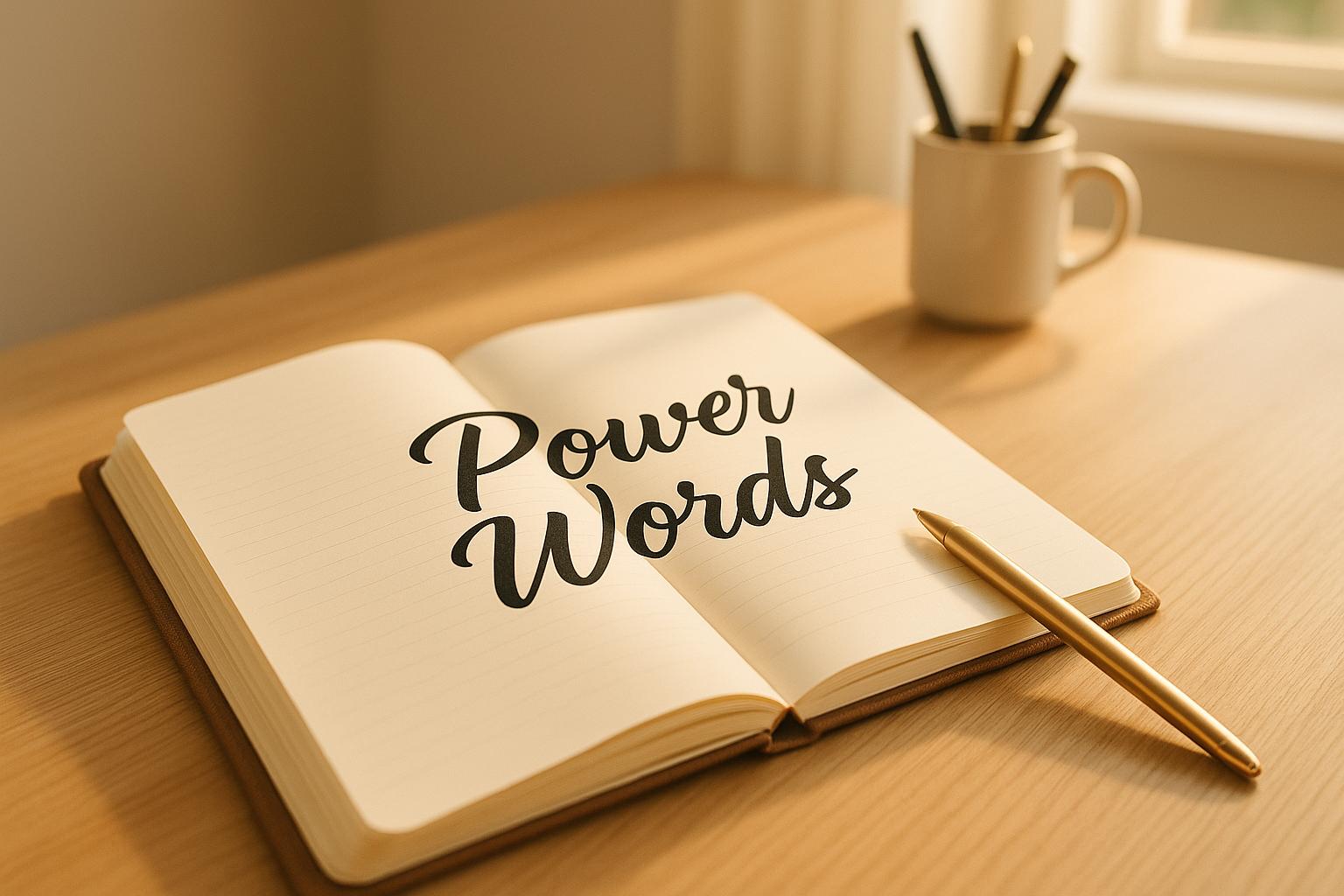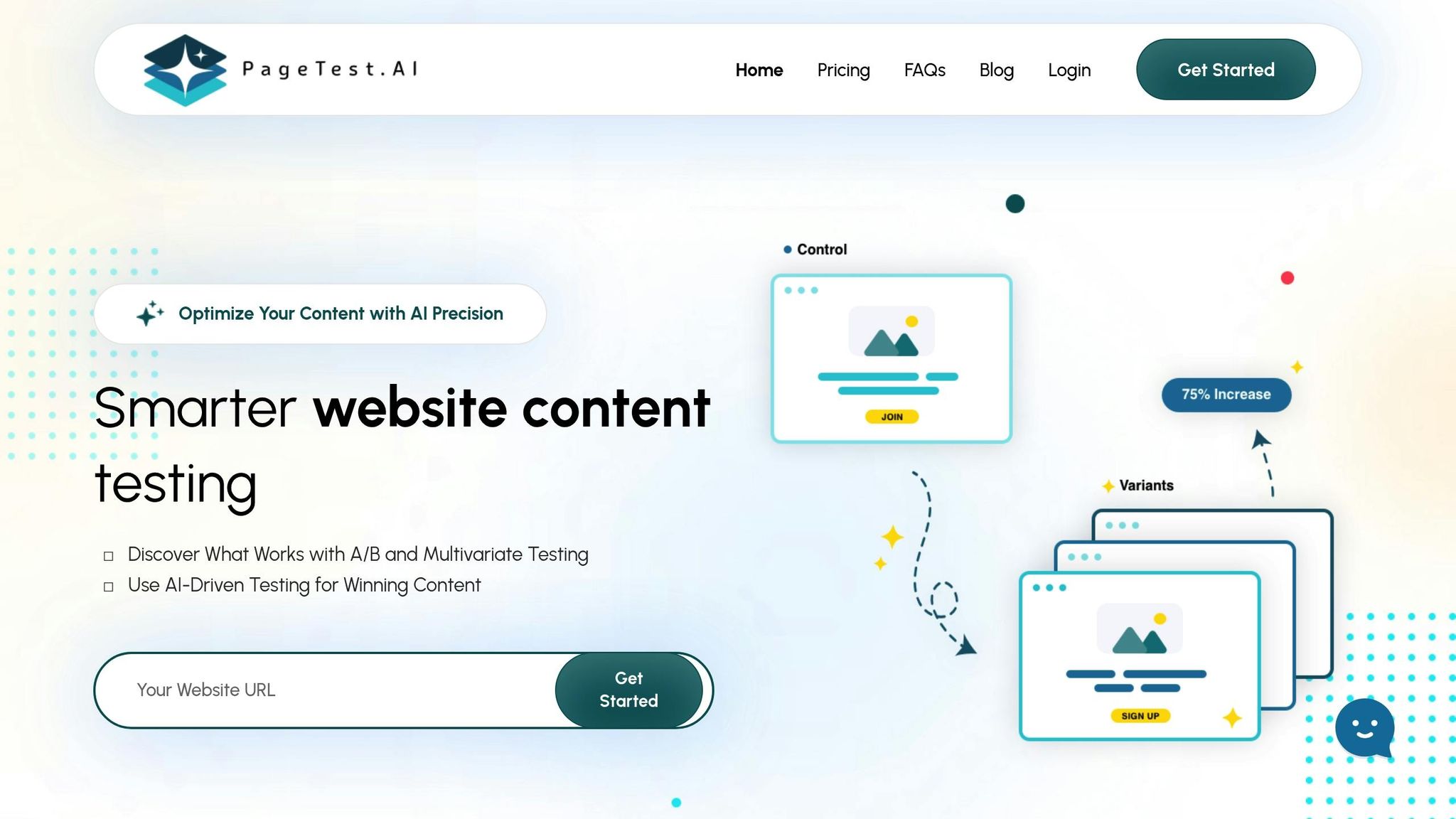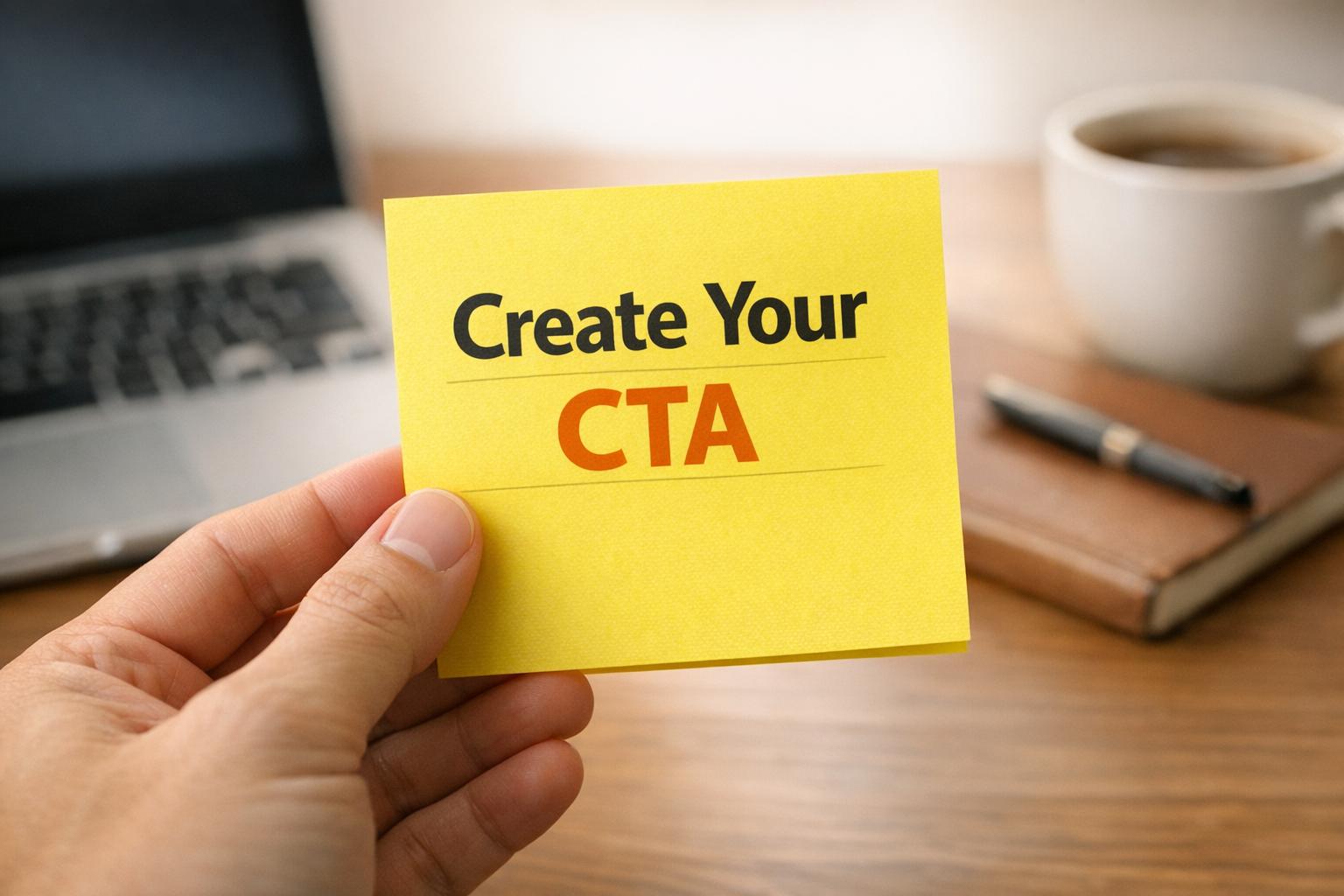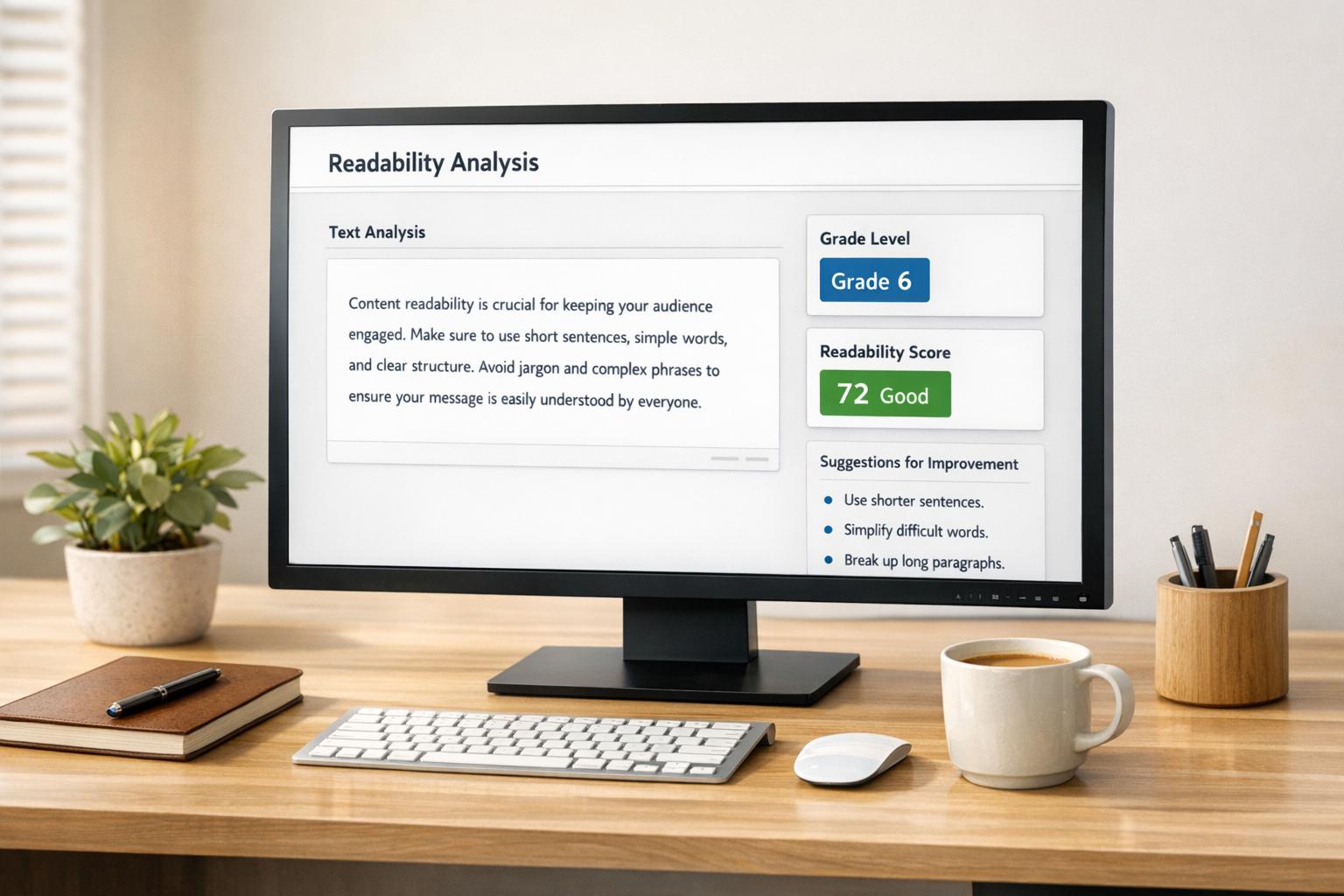

Power Words for Emotional Headlines

Power Words for Emotional Headlines
 31-07-2025 (Last modified: 06-08-2025)
31-07-2025 (Last modified: 06-08-2025)
Emotional power words can increase engagement by up to 500%. These words trigger emotions like curiosity, urgency, or trust, bypassing logical filters and appealing directly to instincts. Effective headlines grab attention, boost click-through rates, and drive conversions by connecting with readers’ emotions.
Key Takeaways:
- Happiness Words: Use amazing, wonderful, and fantastic to inspire positivity and sharing.
- Curiosity Words: Words like secret or revealed create intrigue and encourage clicks.
- Urgency Words: Terms like limited, now, and last chance push immediate action.
- Anger Words: Outrageous or shocking validate frustrations and spark engagement.
- Trust Words: Proven, certified, and secure build credibility and reduce hesitation.
Actionable Insights:
- Test multiple headline variations to see what resonates.
- Tools like PageTest.AI can help analyze performance and optimize results.
- Tailor power words to your audience and platform for better impact.
Emotional words work best when paired with genuine value and backed by substance. They create an emotional connection that turns readers into loyal customers.
How Do You Use Emotional Words In Blog Headlines? – Marketing and Advertising Guru
Power Words by Emotion Type
Understanding your audience’s emotions is key to crafting headlines that resonate and drive action. Each emotional category taps into different psychological triggers, making it crucial to choose the right words for the right moment. Below, you’ll find power words grouped by emotions that can transform your headlines into conversion magnets.
Happiness and Joy
Positive words can brighten someone’s day and instantly boost engagement. Think of words like amazing, delightful, brilliant, incredible, wonderful, fantastic, thrilling, and spectacular.
These words are perfect for lifestyle brands, entertainment content, or celebratory messages. They inspire optimism and encourage readers to associate your brand with good vibes. And when people feel good, they’re more likely to share your content, make purchases, or revisit your site. Just be sure your claims deliver on the promise – nothing kills trust faster than overhyped expectations.
Now, let’s dive into words that spark curiosity and surprise.
Curiosity and Surprise
Curiosity-driven words create irresistible headlines by hinting at something readers must know. Words like secret, revealed, hidden, unexpected, surprising, mysterious, forbidden, and insider are excellent for this.
These words work by creating a “curiosity gap” – the space between what your audience knows and what they want to know. For example, a headline like “The Hidden Money-Saving Trick Banks Don’t Want You to Know” turns a mundane topic into an intriguing mystery readers can’t ignore.
Next, let’s explore how fear and urgency can drive action.
Fear and Urgency
Fear and urgency words tap into primal instincts, encouraging immediate action. Examples include limited, now, urgent, warning, deadline, last chance, ending soon, and while supplies last. These words emphasize scarcity and make offers feel more valuable.
A great example comes from clothing brand Pink Lily, which used phrases like limited edition, hurry, and selling out fast to promote a new product line in collaboration with an influencer. This approach created a sense of exclusivity and urgency, driving demand.
However, it’s important to use these words responsibly. Overusing false urgency can backfire, eroding trust. Instead, pair urgency with genuine value to maintain credibility.
Let’s explore how anger-driven words can also engage your audience.
Anger and Frustration
Anger-driven words can spark strong reactions and engagement when used thoughtfully. Examples include outrageous, ridiculous, unfair, shocking, infuriating, absurd, scandalous, and unbelievable.
These words resonate with audiences frustrated by issues like high costs, bad service, or inequality. For instance, a headline like “The Outrageous Fees Banks Charge (And How to Avoid Them)” not only validates the reader’s frustration but also offers a solution. Just be cautious – strong language should always address real problems and guide readers toward constructive outcomes.
Finally, let’s look at trust-building words that establish credibility.
Trust and Safety
Trust-building words reduce hesitation and inspire confidence. Examples include proven, guaranteed, certified, verified, trusted, secure, safe, reliable, authentic, and official.
These words are especially important in industries like finance, healthcare, technology, and e-commerce, where credibility is critical. For instance, “proven” becomes more compelling when paired with specific results, and “guaranteed” should always come with clear terms.
Social proof can amplify trust-building words. Instead of saying your service is “trusted”, go a step further: “Trusted by over 50,000 customers” or “Trusted by Fortune 500 companies.” Specificity adds weight and reinforces credibility.
When crafting headlines, think about your audience’s emotional state and the reaction you want to elicit. The most effective headlines often combine words from multiple emotional categories, creating a layered and persuasive appeal.
How to Select and Apply Power Words
Tapping into the power of emotional triggers can elevate your messaging, but it’s not just about throwing in random buzzwords. To truly connect with your audience, you need to approach power words strategically. This means understanding who you’re speaking to and testing which words actually deliver results. The best marketers use a mix of creativity and data to pinpoint words that resonate and drive action.
Testing Headlines and CTAs with AI Tools
The secret to finding the right power words? Testing. Instead of guessing which emotional triggers will work, experiment with different combinations and measure their impact.
For instance, create multiple headline variations using distinct emotional triggers. Compare a curiosity-driven headline like “The Secret Strategy That Doubled Sales” with an urgency-focused one such as “Limited Time: Double Your Sales with This Strategy.” Each option taps into a different emotional response, and the results will reveal what your audience responds to most.
AI tools like PageTest.AI can simplify this process by generating variations for headlines, CTAs, and button text. These platforms also track key metrics like clicks, engagement, and user behavior, giving you a clear picture of what works – no coding required.
Once you’ve gathered performance data, look for patterns. Which words consistently boost click-through rates or drive conversions? Metrics like engagement time and conversion rates will help you identify not just what grabs attention, but what ultimately leads to meaningful actions.
When you’ve identified your top-performing power words, the next step is tailoring them to your audience.
Matching Power Words to Your Audience
Different audiences respond to different emotional triggers, so it’s crucial to consider their specific needs, challenges, and aspirations when choosing your words.
For example, a B2B software company targeting time-strapped executives might use efficiency-focused terms like “streamlined”, “automated”, or “simplified.” On the other hand, a fitness brand looking to inspire those seeking motivation might lean on words like “transform”, “achieve”, or “conquer.”
Demographics also play a role. Younger audiences may connect with energetic terms like “epic” or “insane”, while professionals might prefer words such as “proven” or “strategic.” However, don’t rely solely on assumptions – test your choices to confirm what resonates.
The platform where your message appears is equally important. While the emotional appeal can remain consistent, the intensity and tone of your power words should fit the platform’s norms. For instance, a casual tone might work well on social media, while a more polished approach is better suited for email campaigns or website copy.
Once you’ve aligned your power words with your audience, ensure they fit seamlessly within your brand’s overall tone.
Balancing Emotion with Context
Power words are effective, but they need to be used thoughtfully. Overloading your message with exaggerated terms can backfire, making your content feel insincere or overhyped.
Context matters. For example, Esquire might use words like “ultimate” or “essential” to convey authority and thoroughness in their headlines. However, those same words might feel out of place in a healthcare setting, where trust and precision are more important than excitement.
“Anger and anxiety lead people to share because, like awe, they are high-arousal emotions. They kindle the fire, activate people, and drive them to take action.” – Jonah Berger, Author of “Contagious”
Your brand’s personality and industry standards should guide the intensity of your language. A playful lifestyle brand might embrace terms like “obsessed” or “crazy good”, while a financial services company should stick to words like “secure” or “trusted.”
Most importantly, back up your power words with substance. If you’re urging readers not to “miss out”, explain what they’ll lose and why it’s important to them. This approach keeps the emotional appeal intact while building trust through transparency.
Lastly, tailor your language to the platform. Short, punchy power words work well in email subject lines, while SEO-focused headlines should balance emotional triggers with relevant keywords. Social media posts can lean toward a casual tone, while website copy should guide readers toward clear, action-oriented outcomes.
Benefits and Drawbacks of Emotional Power Words
Emotional power words can be a double-edged sword in marketing. While they can significantly boost engagement, they also come with potential risks. To use them effectively, marketers need to weigh their advantages against their pitfalls.
Benefits
Emotional triggers are incredibly effective at grabbing attention and driving action. Words like “exclusive” or “limited time” spark an immediate reaction, often leading to higher click-through rates, increased engagement, and better conversion rates. These words tap into our emotions, bypassing rational analysis and prompting quicker decisions. They can also enhance brand recall, as emotionally charged messages tend to stick in the mind far longer than neutral ones. Additionally, content that evokes strong emotions is more likely to be shared, amplifying your message’s reach.
Drawbacks
However, there are downsides to relying too heavily on emotional appeals. Overusing intense language can lead to audience fatigue, making your messages feel inauthentic or even manipulative. For instance, if every headline screams “urgent” or “amazing”, readers may start to tune out.
Cultural differences also play a role. What resonates emotionally with one audience might offend or confuse another. This makes it essential to understand your audience’s values and beliefs to avoid missteps. Misaligned emotional appeals can harm your brand’s authenticity; for example, a conservative financial firm using edgy, high-energy language might alienate its core customers.
Another challenge is managing expectations. Emotional marketing often sets the bar high, and failing to meet these expectations can damage your reputation. Bold claims need to be backed by results, or customers may feel let down.
As David Hume once said:
“Reason is, and ought only to be the slave of the passions, and can never pretend to any other office than to serve and obey them”
This quote underscores the power of emotions in decision-making, but it also hints at the need for balance.
Comparison Table: Pros and Cons
| Benefits | Drawbacks |
|---|---|
| Increased engagement – Emotional triggers grab attention faster than neutral language | Risk of audience fatigue – Overuse can desensitize readers and reduce effectiveness |
| Higher click-through rates – Power words create urgency and curiosity | Potential for inauthenticity – Misaligned appeals can make brands seem fake or manipulative |
| Better conversions – Emotional connections drive purchasing decisions | Cultural missteps – Words that inspire one audience may alienate another |
| Stronger brand recall – Emotional messages are more memorable | Expectation issues – Bold promises can backfire if not delivered |
| Faster decisions – Emotions speed up choices | Hard to measure – Effectiveness of emotional responses can be tricky to gauge |
| More social sharing – Content that evokes strong emotions is shared more frequently | Long-term risks – Negative associations can harm brand perception over time |
Finding Balance
The secret to using emotional power words effectively lies in striking a balance. Pair emotional appeals with logical arguments and solid information to build trust and credibility. Substance matters – back up your power words with real value.
Testing and refining your emotional marketing strategies is essential. Regularly analyze what works and what doesn’t for your audience. When negative emotions arise, address them quickly and with empathy. A genuine response to customer concerns can turn a potential misstep into an opportunity to strengthen trust.
sbb-itb-6e49fcd
Tracking Power Word Performance
Building on the earlier discussion of emotional power words, keeping tabs on their performance is a must to maintain engagement. Measuring how well these words work isn’t just a nice-to-have – it’s critical. Without tracking, there’s no way to know which words are truly effective. By using the right tools and focusing on key metrics, you can tie this data into a broader strategy for optimizing your headlines.
Key Metrics to Monitor
Click-through rate (CTR) is one of the most telling indicators of how successful your headlines are. It measures the percentage of people who see a headline and decide to click. For instance, power words like exclusive or urgent can boost CTR if they strike the right chord with your audience.
Research from Outbrain shows that headlines featuring numbers achieve 36% higher CTRs than those without.
Conversion rate goes beyond just clicks, showing how many of those clicks lead to meaningful actions. A headline packed with emotional power words might grab attention, but it needs to follow through on its promise to drive actual conversions.
Views to submissions is another essential metric, measuring the percentage of viewers who click your call-to-action (CTA) and complete the intended form.
HubSpot research highlights that personalized CTAs convert 202% better than generic ones. Additionally, blog posts with clear CTAs and internal links saw bounce rates drop by 11–37%.
Engagement metrics, such as time spent on the page, scroll depth, and social shares, can reveal whether your emotional headlines truly resonate. Emotional headlines often attract more clicks and shares.
Using PageTest.AI for Data-Driven Results

PageTest.AI simplifies the process of testing emotional power words by providing actionable, data-driven insights. Its AI-powered tools can boost headline engagement by up to 25% and CTRs by as much as 15%, thanks to advanced sentiment analysis.
By studying audience behavior, PageTest.AI identifies psychological triggers that work best for your audience. This approach moves beyond guesswork, offering variations based on proven emotional responses. Studies suggest that this method can increase CTRs by as much as 20%.
The platform generates AI-driven content variations and tracks metrics like clicks, engagement, and scroll depth. This allows you to experiment with different power words and pinpoint what resonates most with your audience.
Its sentiment analysis feature ensures your headline’s emotional tone aligns with your content, audience preferences, and desired outcomes. As the Content Marketing Institute puts it:
“AI is not a replacement for human creativity, but rather a tool to augment and enhance it”.
A/B testing through platforms like PageTest.AI has shown impressive results, with companies reporting a 20% boost in sales and a 15% increase in customer engagement. Plus, its no-code setup makes it easy for anyone to test power words, regardless of technical expertise. As audience behavior shifts, ongoing testing becomes essential.
Regular Testing and Updates
Audience preferences aren’t static – they shift with trends, seasons, and current events. A power word that worked six months ago might feel outdated today. Regular testing ensures your language stays fresh and impactful.
Updating your vocabulary regularly keeps your content engaging. Overused words can lose their emotional pull, so testing new options helps maintain the element of surprise that makes emotional headlines effective.
Seasonal and trend-based reviews can also reveal patterns. For example, urgency-driven words might perform better during the holidays, while trust-focused language could resonate more during uncertain economic times. This data helps you plan your content calendar with precision.
Analyzing individual CTAs can uncover common traits among the best and worst performers. These insights can then guide you in crafting future CTAs that are more effective.
David Ogilvy, the legendary copywriter, once stressed the importance of headlines:
“On the average, five times as many people read the headline as read the body copy. When you have written your headline, you have spent eighty cents out of your dollar”.
Conclusion: Using Emotional Headlines Effectively
Emotional power words can transform ordinary headlines into tools that drive real engagement. When used thoughtfully, they can capture attention and inspire action.
To make the most of these words, it’s important to align them with your audience’s emotions and motivations. For instance, words like “secret” or “revealed” tap into curiosity, while terms like “limited” or “exclusive” create urgency. Testing different combinations based on performance data ensures your headlines resonate with your audience and deliver on the promise of your content.
AI tools, such as PageTest.AI, take the guesswork out of this process. With its no-code interface, marketers – regardless of technical expertise – can easily run multivariate tests to fine-tune headlines and other elements. This means faster optimization and better results.
“PageTest.ai is not a replacement for experienced marketers – it’s a powerful tool that enhances decision-making by providing data-backed insights that marketers can use to refine strategies. AI helps amplify human expertise, not replace it.”
As audience preferences shift over time, staying relevant requires regular updates to your power word arsenal. By combining AI-driven insights with ongoing experimentation, you can maintain that emotional connection that turns casual visitors into loyal customers.
FAQs
How can I use emotional power words effectively without compromising credibility?
To make the most of emotional power words, use them in a way that supports your message without overhyping or distorting the truth. Pick words that genuinely connect with your audience’s feelings and reflect the real advantages or worth of what you’re offering. Honesty and clarity should always guide your approach.
For trust-building, pair emotional language with solid facts and relevant details. This combination helps craft attention-grabbing headlines and persuasive calls-to-action (CTAs) that not only strike a chord with your audience but also encourage lasting engagement and trust.
How can AI tools help test and improve headlines with emotional power words?
AI tools make it easier to test and refine headlines by assessing their emotional appeal, clarity, and ability to engage. Using sentiment analysis and predictive analytics, these tools evaluate how your audience might react and offer suggestions to enhance their impact.
For optimal results, create several headline variations and run A/B tests to compare performance metrics like click-through rates (CTR) and engagement. Many AI platforms can also generate alternative content and monitor real-time feedback, enabling you to fine-tune headlines that strike an emotional chord and deliver stronger outcomes.
How do cultural differences influence the impact of emotional power words in marketing?
How Cultural Differences Impact Emotional Power Words
Cultural differences heavily influence how emotional power words connect with audiences. A word that stirs deep emotions in one culture might fall flat in another, thanks to differences in language, values, and societal norms. For instance, terms that highlight individual accomplishments might resonate more in cultures that celebrate personal success, while societies that value community and harmony may respond better to words centered on togetherness and collective effort.
To craft impactful marketing campaigns, it’s crucial to adapt your messaging to fit the cultural backdrop of your audience. Tools like PageTest.AI can be incredibly useful for testing various emotional power words, helping you pinpoint which ones generate the highest engagement and conversions for your target market.
Related posts
say hello to easy Content Testing
try PageTest.AI tool for free
Start making the most of your websites traffic and optimize your content and CTAs.
Related Posts

 29-12-2025
29-12-2025
 Ian Naylor
Ian Naylor
CTA Phrase Planner
Struggling with CTAs? Use our free CTA Phrase Planner to create powerful, tailored call-to-action phrases that convert your audience!

 27-12-2025
27-12-2025
 Ian Naylor
Ian Naylor
Website Content Readability Checker
Check your web content’s readability with our free tool! Get a score, grade level, and tips to make your text accessible to more readers.

 25-12-2025
25-12-2025
 Ian Naylor
Ian Naylor
Button Color Impact Calculator
Boost conversions with our Button Color Impact Calculator! See how color choices affect user behavior and get tailored tips for your website.
